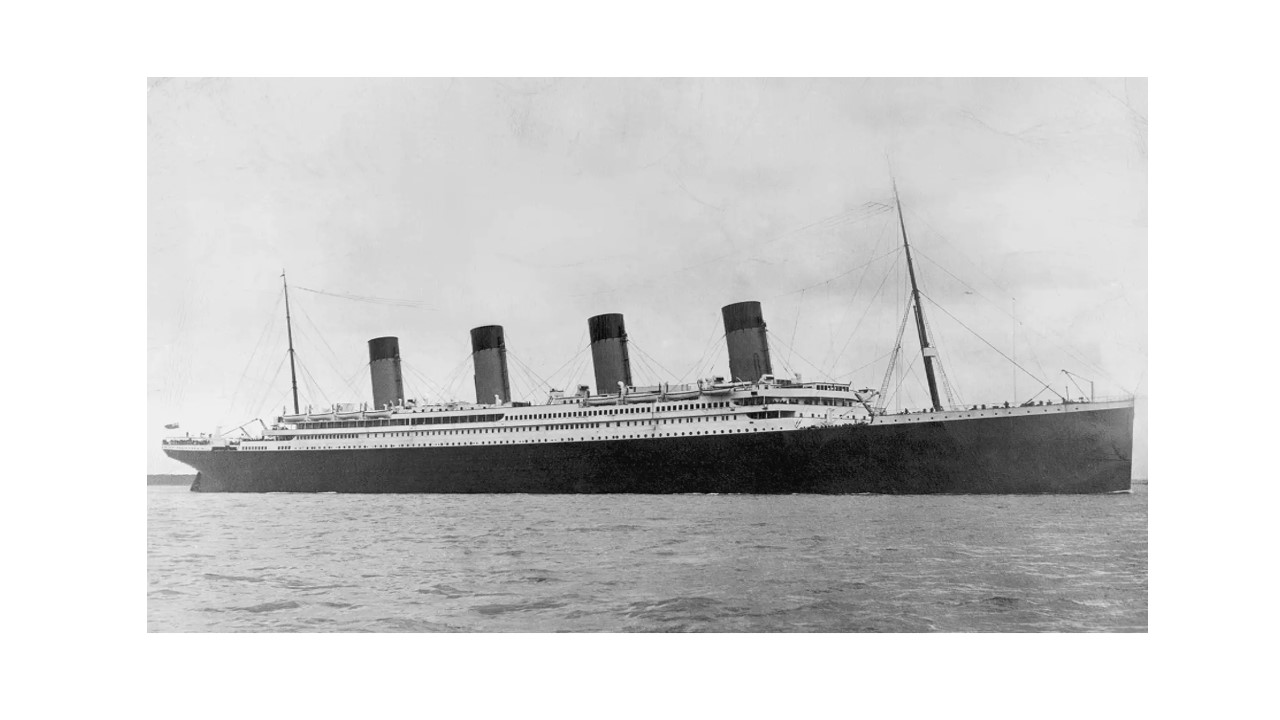The RMS Titanic, the world’s first biggest and most luxurious ship at that time, sank on April 15, 1912, early in the morning in the North Atlantic Ocean.
Here are some unknown facts about the Titanic:
When the Titanic was sinking after hitting an iceberg, the crew immediately sent emergency signals for help, which were picked up by two ships. One was the SS Californian, which was very close to the Titanic, and the other was the RMS Carpathia, which was far away. The SS Californian did not arrive, but the RMS Carpathia did. However, due to the distance, it was unable to arrive in time. If the SS Californian had arrived, more people could have been saved.
- The Titanic had 64 lifeboats, but only 20 were used during the sinking. People were so scared that they couldn’t manage to use all the lifeboats effectively.
- Until now, no one knows the exact number of people who died in this incident. It is estimated that 1,518 people died, and many of them are still not known by name.
- The water temperature where the Titanic sank was -2 degrees Celsius. No one could survive in that temperature for more than 15 minutes.
- The Titanic sank in 2 hours and 40 minutes after hitting the iceberg.
- The wreckage of the Titanic is located 12,500 feet below the surface of the North Atlantic Ocean. At that depth, the intense pressure is unimaginable, making it impossible to lift the Titanic from its resting place as it could break apart due to its current condition.
- When the captain of the Titanic saw the iceberg, he had only 37 seconds to take action. He tried to turn the Titanic left, but it was not enough.
- The Titanic was carrying secret classified cargo of rare Egyptian artifacts. Ancient statues and jewelry destined for a New York City exhibition were lost when the ship sank. The hidden treasures have never been found and remain undiscovered to this day.
- Scientists assume that the Titanic wreck under the Atlantic Ocean will completely disappear in about 20 years, as it is being eaten away by bacteria and other marine life.
- A full moon in January 1912 may have caused strong tides that pushed icebergs into the Titanic’s path, leading to its collision and the death of about 1,500 people. This particular full moon was the closest lunar approach since A.D. 796, and similar conditions won’t occur again until 2257.
- A full moon in January 1912 may have caused strong tides that pushed icebergs into the Titanic’s path, leading to its collision and the death of about 1,500 people. This particular full moon was the closest lunar approach since A.D. 796, and similar conditions won’t occur again until 2257.











